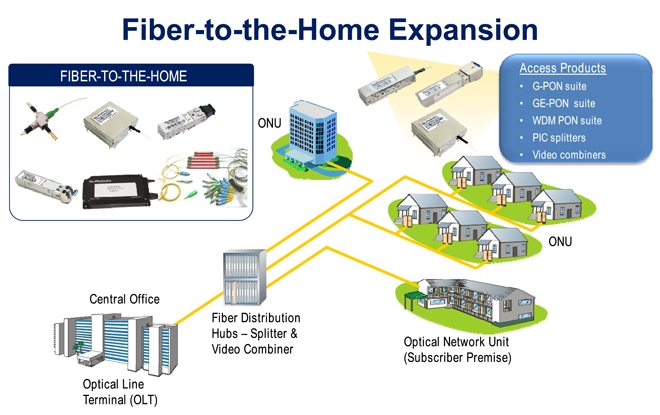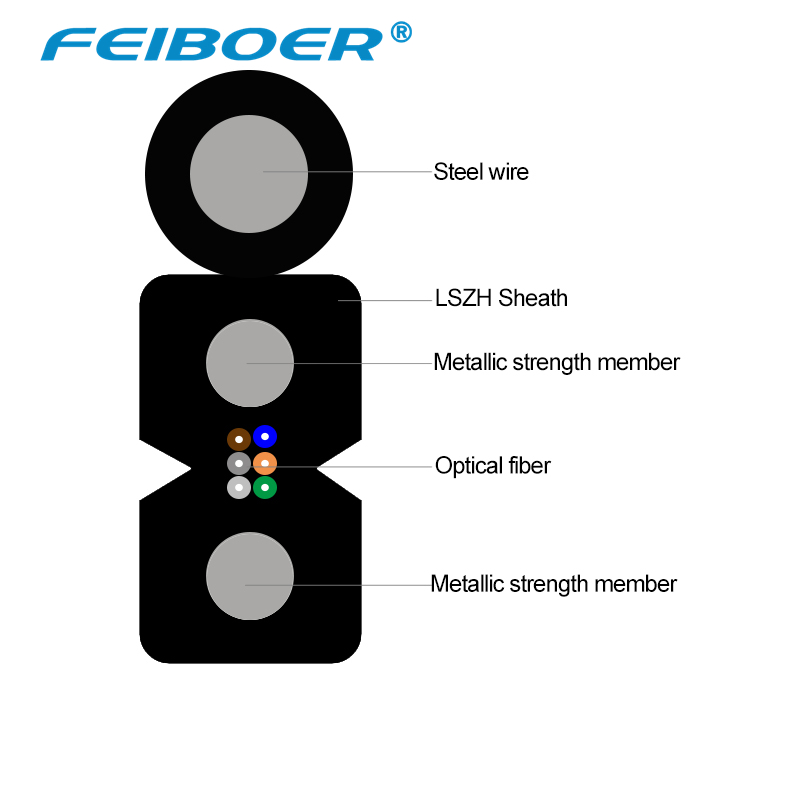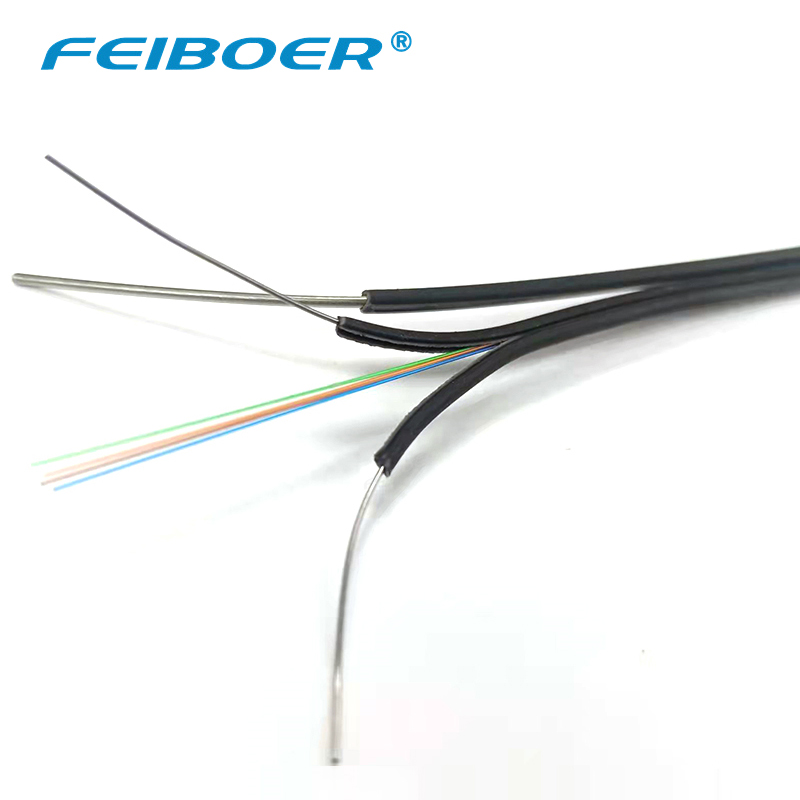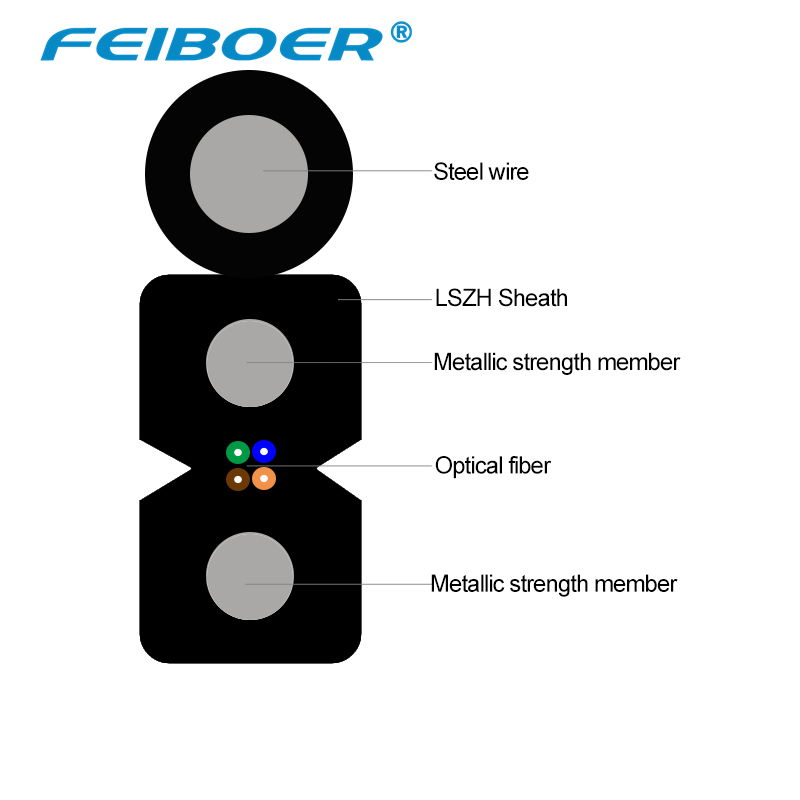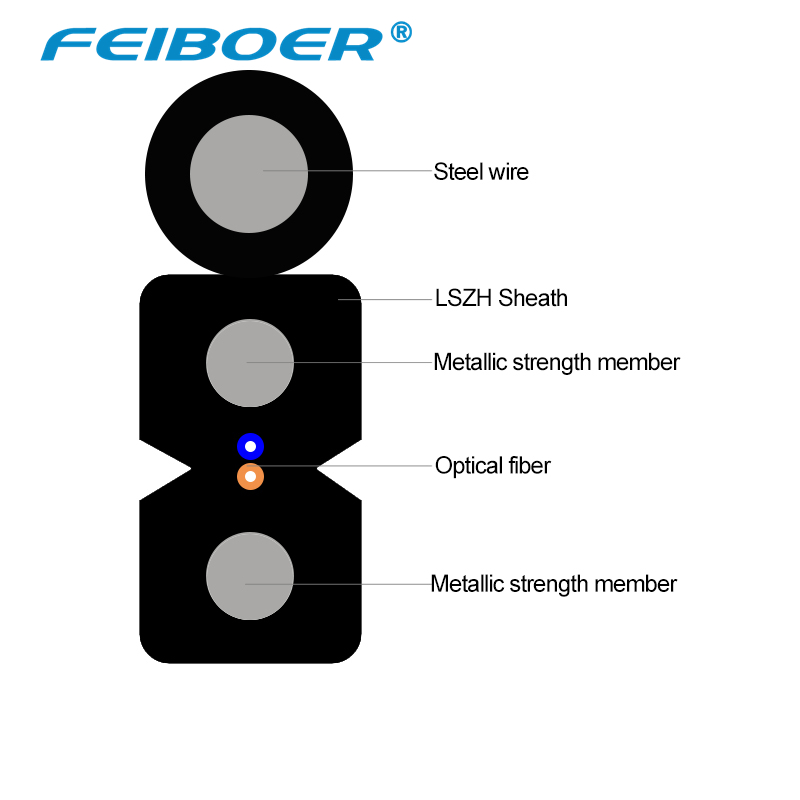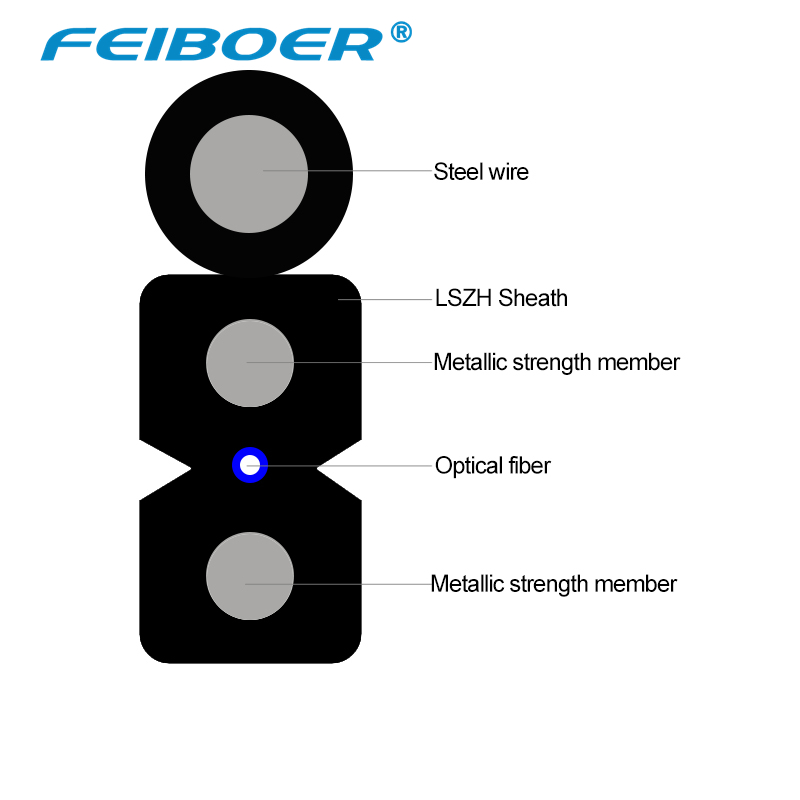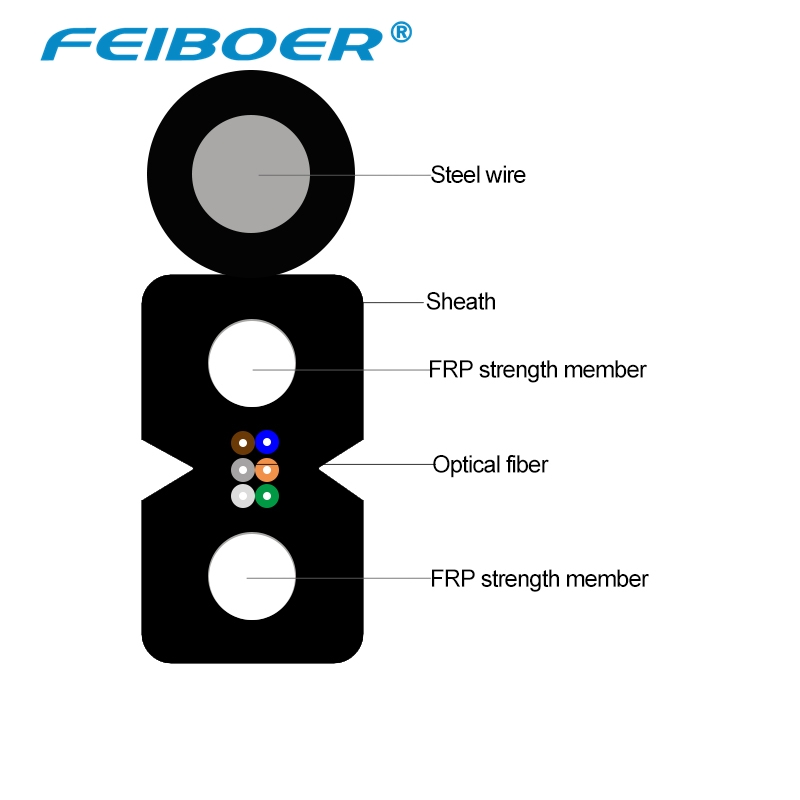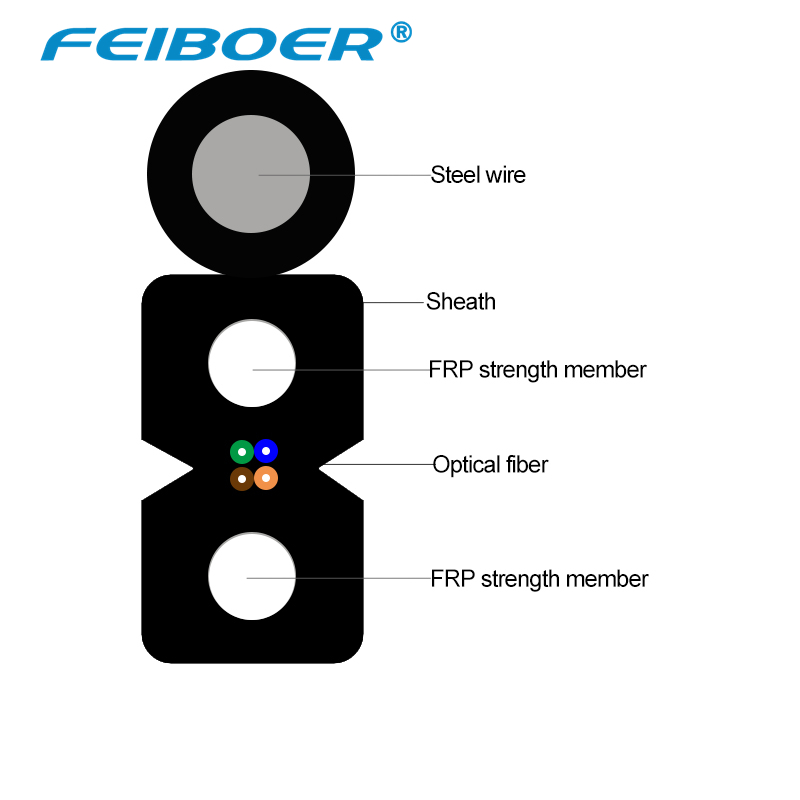The meaning of FTTH is Fiber to the Home, which refers to an application type of optical fiber access that the ONU is installed at the location of family users or enterprises.
FTTH not only can provide larger bandwidth, but also increases the transparency of data form, speed, wavelength, and protocol loosens the requirements of the environment and power supply and simplifies the maintenance and installation.
0102
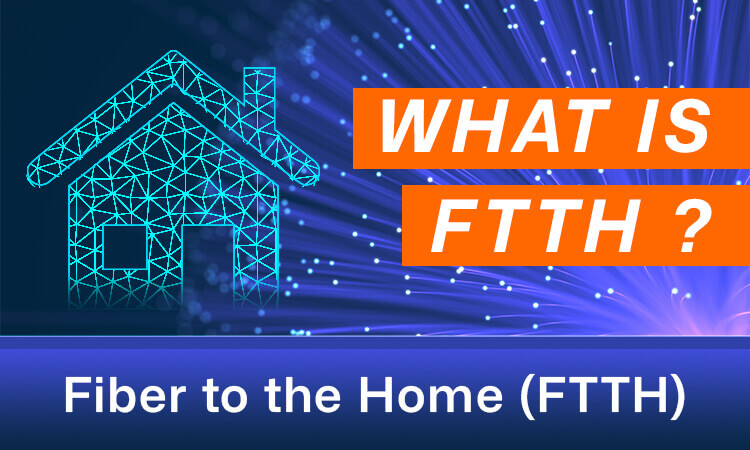
FTTH (Fiber to the Home) also called fiber to the premises (FTTP), is the installation and use of optical fiber from a central point directly to individual buildings such as residences, apartment buildings and businesses to provide high-speed internet access. FTTH dramatically increases con-l nection speeds available to computer users compared with technologies now used in most places.
Moves between the property line switch box and the residents' junction boxes. Because the connection goes directly to individual residences, FTTH offers a higher bandwidth. It's expensive to install in some areas. Some carriers install fiber optics for this leg as a selling feature in new develop-l ments. But, an FTTH home has a disadvantage if a carrier needs to install a separate power line. Power and Internet signals don't move togetherl in fiber optics.
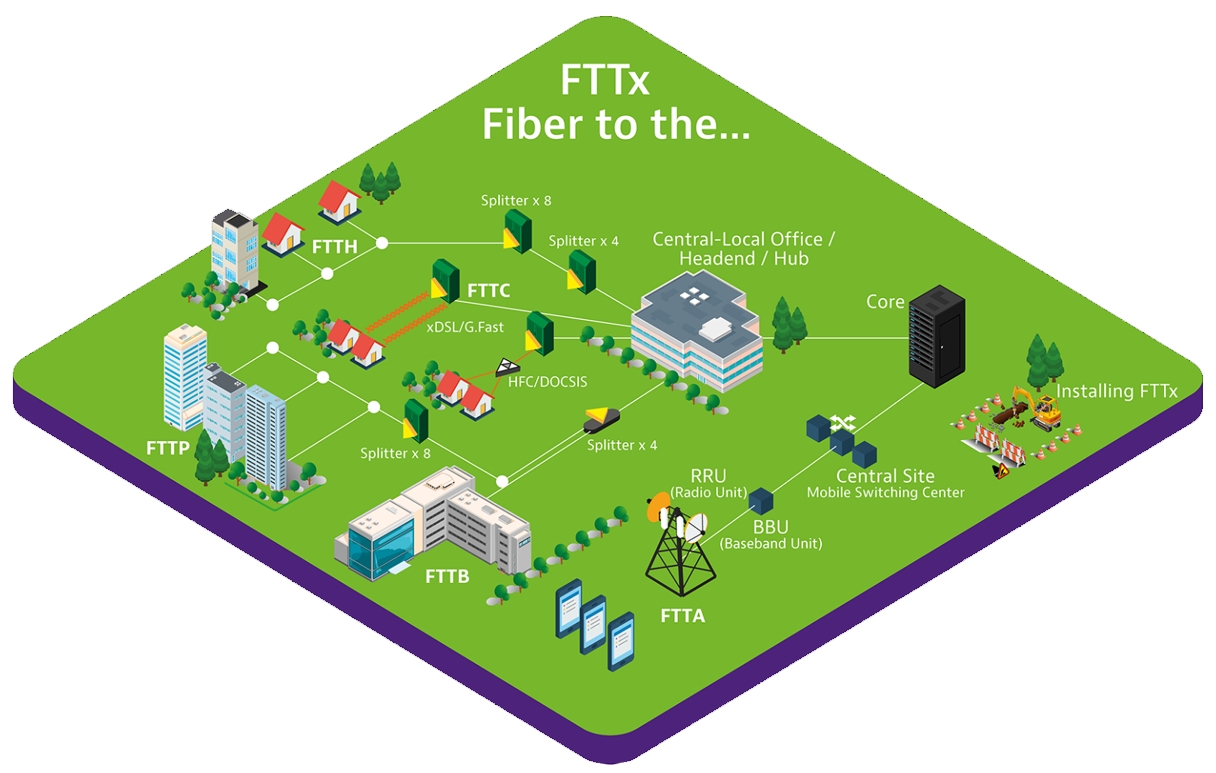
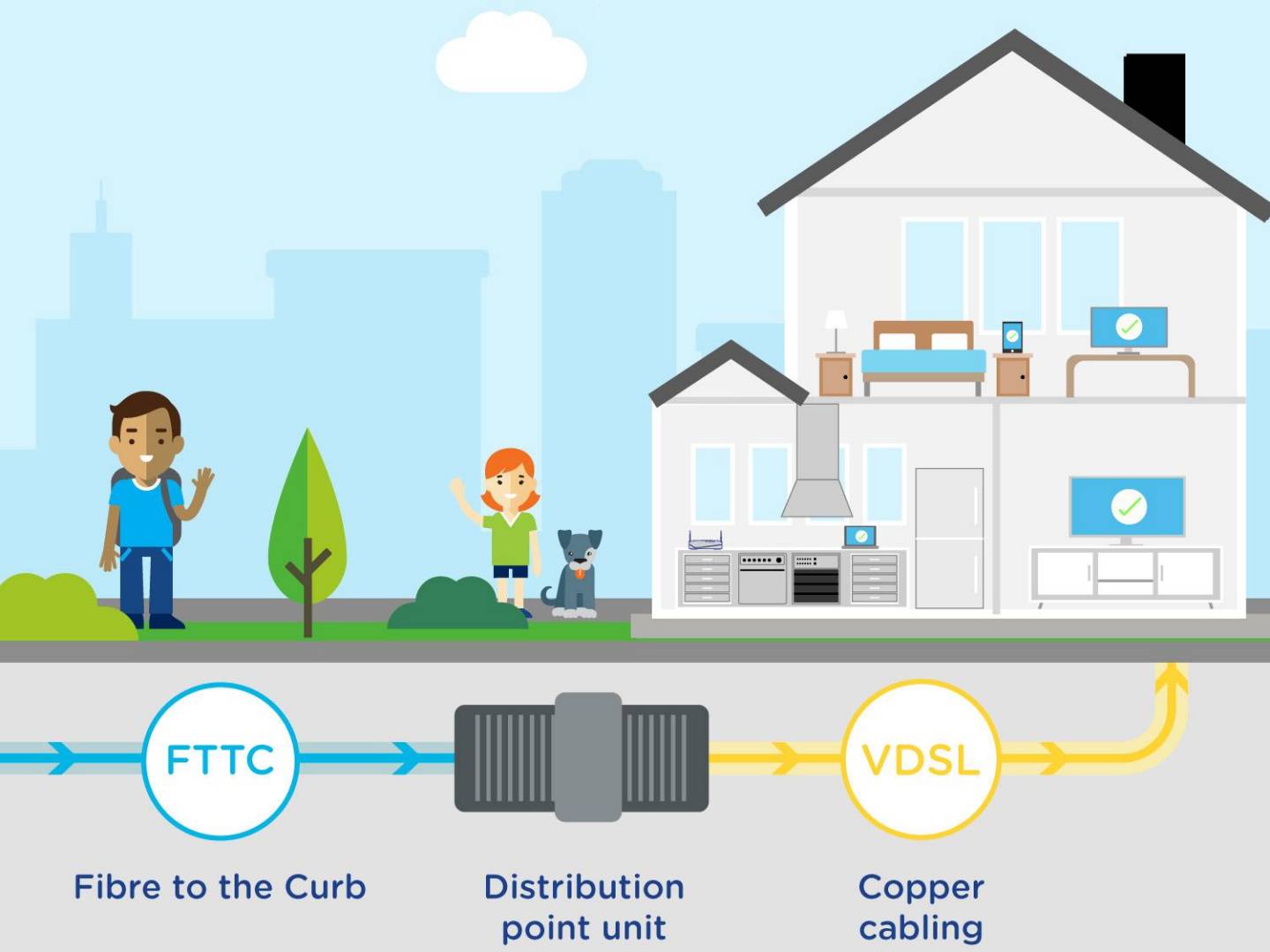
FTTC (Fiber to the Curb) Loops means local Loops consisting of fiber optic cable connecting to a copper distribution plant that is not more thanfive hundred (500) feet from the End User's premises or, in the case of predominantly residential MDUs, not more than five hundred (500) feet fromthe MDU's MPOE. The fiber optic cable in a FTTC Loop must connect to a copper distribution plant at a serving area interface from which every othercopper distribution subloop also is not more than five hundred (500) feet from the respective End User's premises.

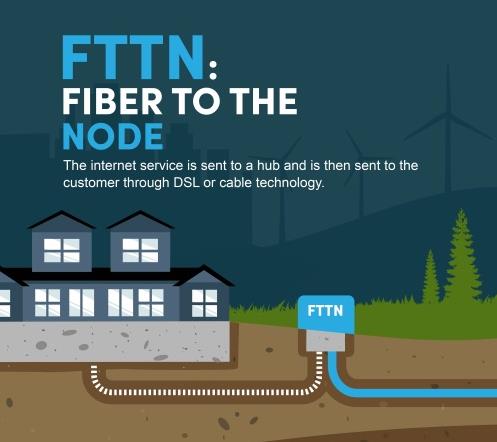
FTTN (Fiber to the Node or Neighborhood) serves a few hundred customers. They must be within a one mile radius. The remaining distanceto the home, often referred to as the "last mile," can use DSL through existing telephone or cable company lines. Customer proximity to the node and delivery protocols determine data rates.
While FTTH can offer faster speeds, it is more expensive to install. FTTC or FTTN provides fiber optic Internet to more customers at less expense.
FTTN can reach theoretically up to 100Mbps. However, you'll find typical evening speeds stick between 75Mbps and 90Mbps on the highest speedplan. However, fiber to the node customers are heavily reliant on how far they live from their node. Like with ADSL exchanges, FTTN customers farther away from the node have a diminished capacity to achieve top speeds.

Ready to learn more?
Nothing is better than holding it in your hand! Click on the right
to send us an email to learn more about our products.

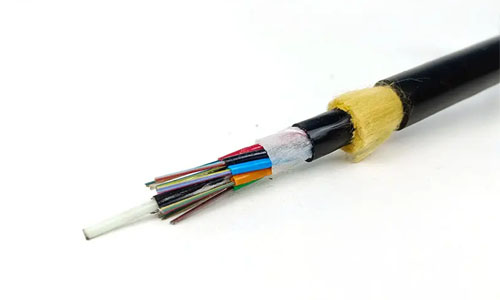 ADSS Fiber Optic Cable
ADSS Fiber Optic Cable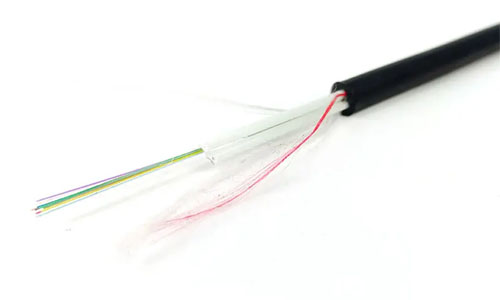 ASU Fiber Optic Cable
ASU Fiber Optic Cable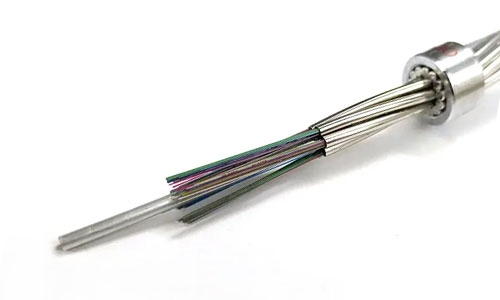 OPGW Fiber Optic Cable
OPGW Fiber Optic Cable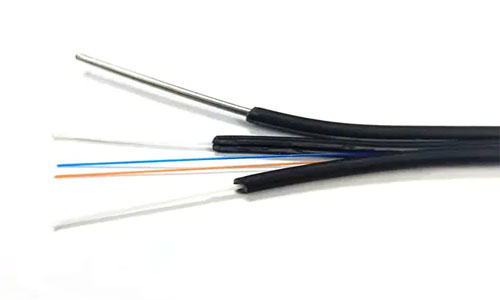 FTTH Fiber Optic Cable
FTTH Fiber Optic Cable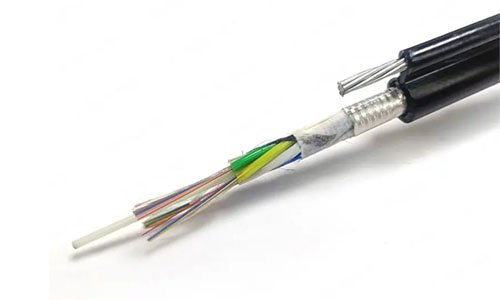 Figure 8 Fiber Optic Cable
Figure 8 Fiber Optic Cable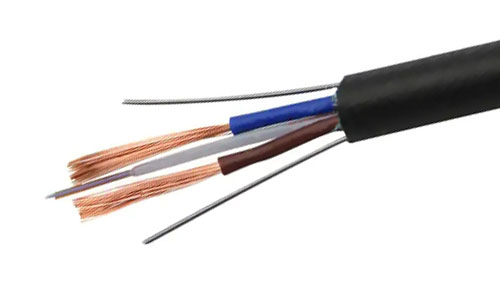 Photoelectric Composite Fiber Optic Cable
Photoelectric Composite Fiber Optic Cable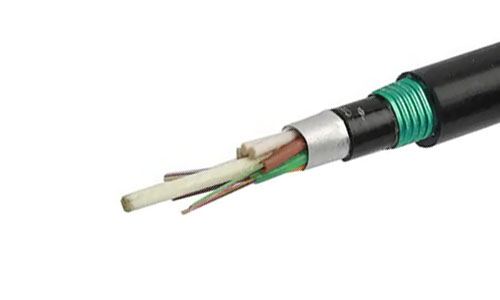 Underground & Pipeline Fiber Optic Cable
Underground & Pipeline Fiber Optic Cable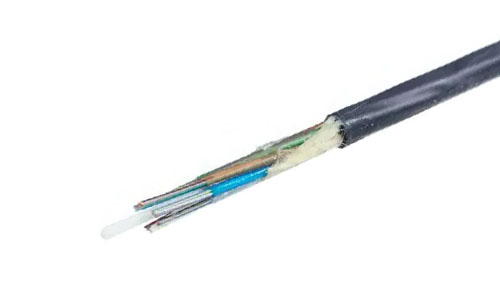 Air-Blown Micro Fiber Optic Cable
Air-Blown Micro Fiber Optic Cable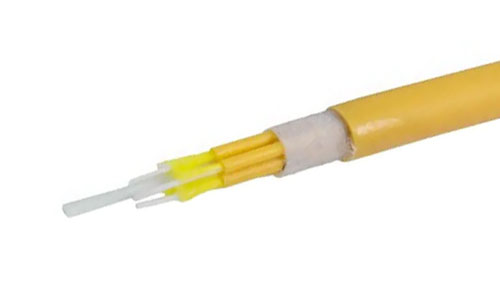 Indoor Fiber Optic Cable
Indoor Fiber Optic Cable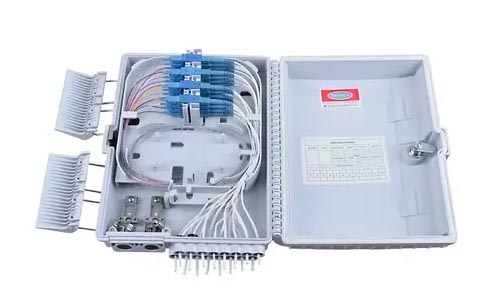 Fiber Optic Distribution Box
Fiber Optic Distribution Box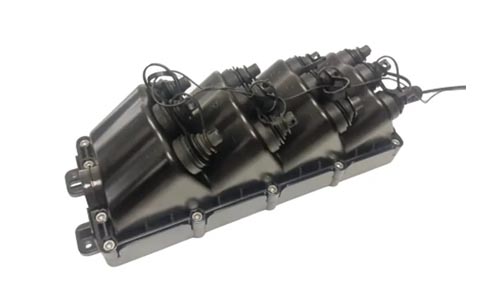 Multiport Service Termina Box
Multiport Service Termina Box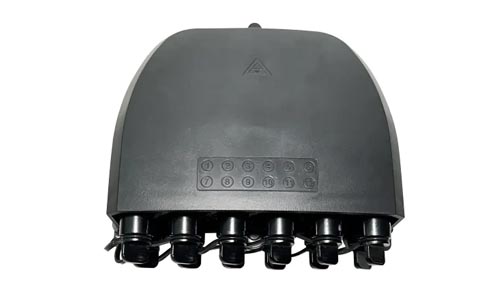 Fiber Optical Terminal Box
Fiber Optical Terminal Box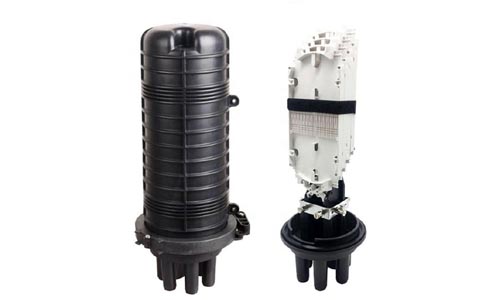 Fiber Optic Splice Closure
Fiber Optic Splice Closure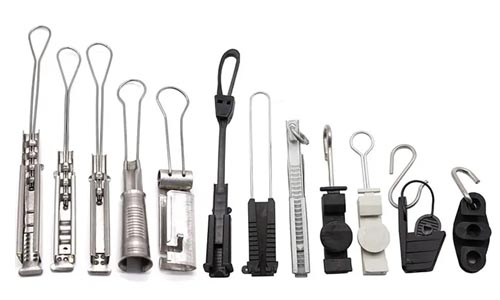 Fiber Optic Clamps
Fiber Optic Clamps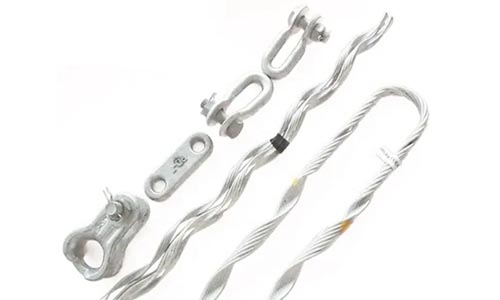 Fiber Optic Cable Fittings
Fiber Optic Cable Fittings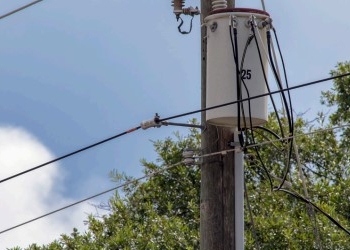 ADSS Fiber Cable
ADSS Fiber Cable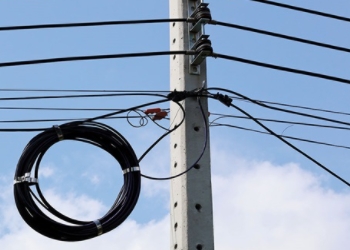 ASU Fiber Cable
ASU Fiber Cable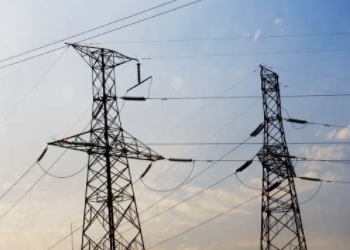 OPGW Fiber Cable
OPGW Fiber Cable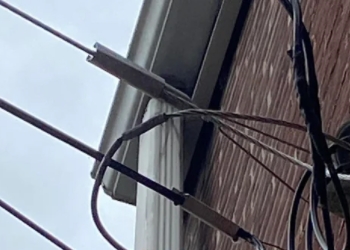 FTTH Fiber Cable
FTTH Fiber Cable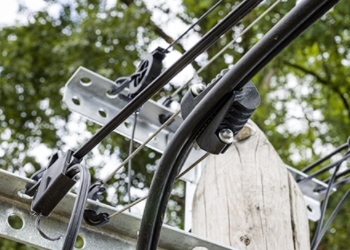 Figure 8 Fiber Cable
Figure 8 Fiber Cable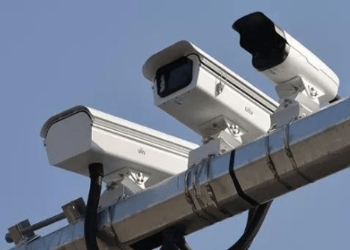 Photoelectric Composite Fiber Cable
Photoelectric Composite Fiber Cable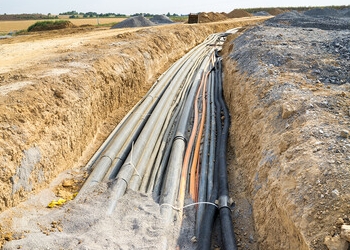 Underground & Pipeline Fiber Cable
Underground & Pipeline Fiber Cable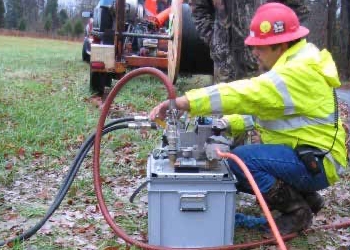 Air-Blown Micro Fiber Cable
Air-Blown Micro Fiber Cable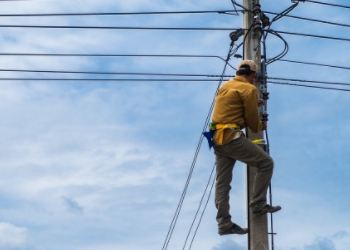 Aerial Fiber Cable
Aerial Fiber Cable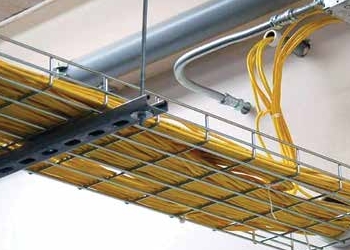 Indoor Fiber Cable
Indoor Fiber Cable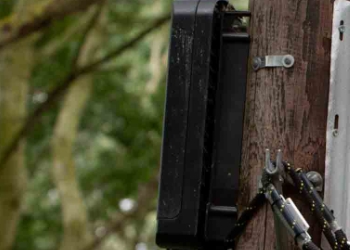 Fiber Optical Terminal Box
Fiber Optical Terminal Box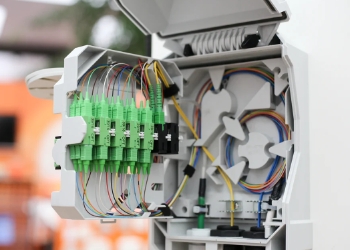 Fiber Optic Distribution Box
Fiber Optic Distribution Box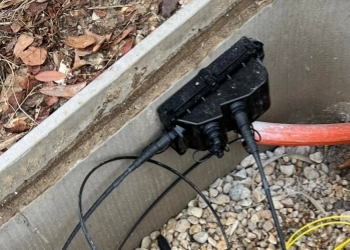 Multiport Service Termina Box
Multiport Service Termina Box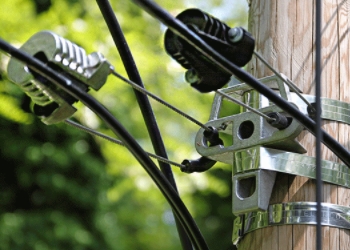 Fiber Optic Clamps
Fiber Optic Clamps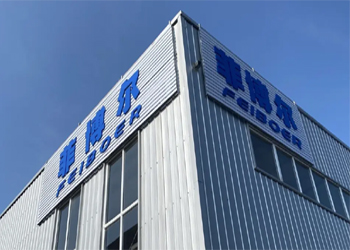 About Us
About Us Our Team
Our Team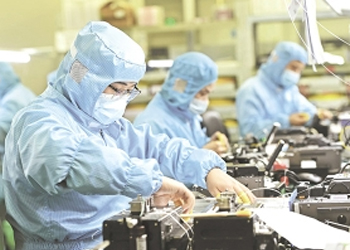 History
History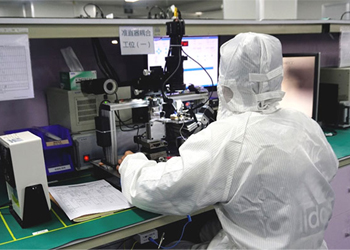 R&D Strength
R&D Strength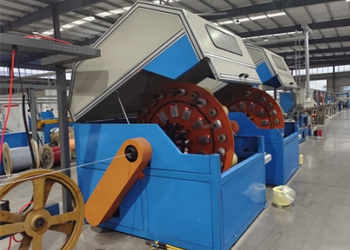 Production Base
Production Base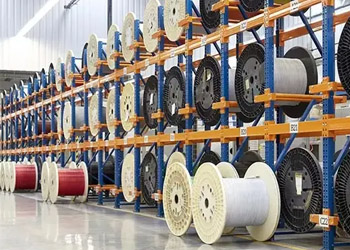 Warehouse & Logistics
Warehouse & Logistics Quality
Quality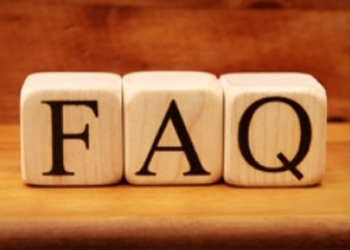 FAQs
FAQs